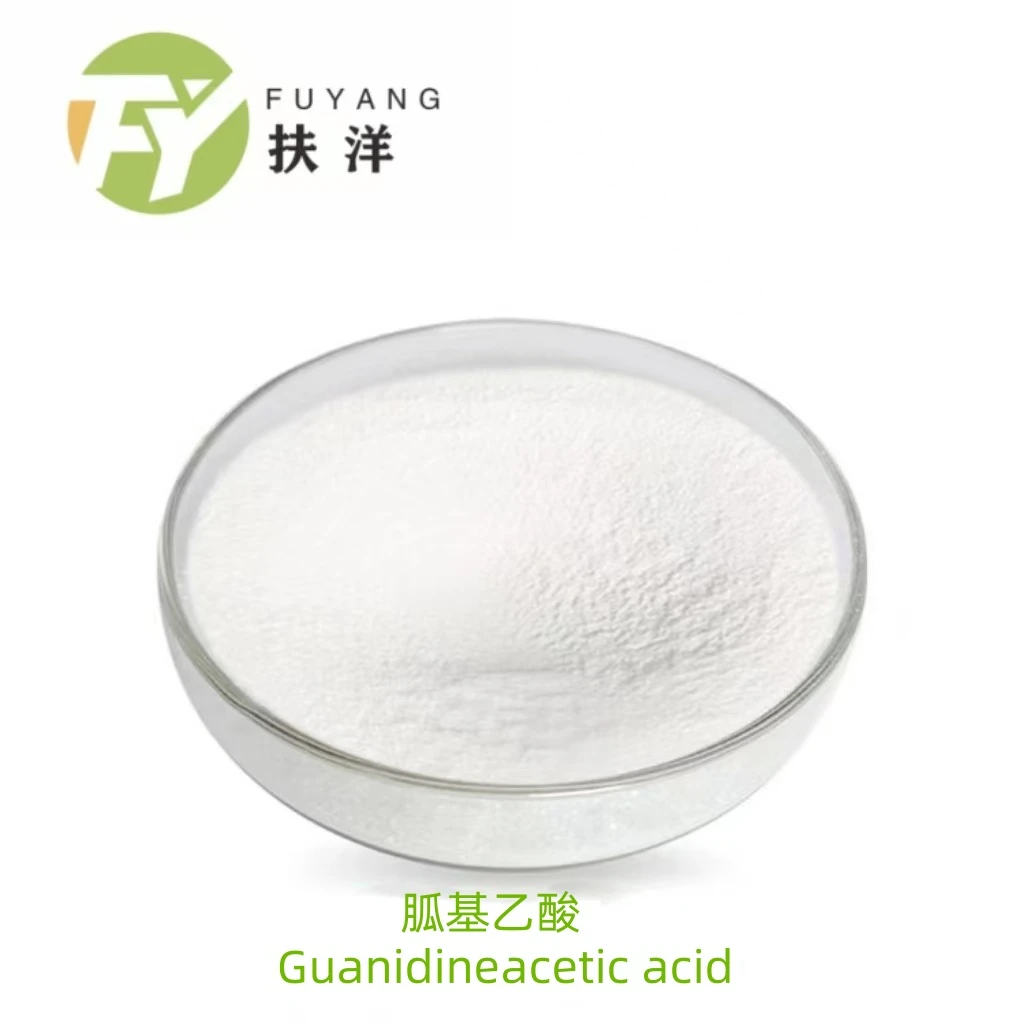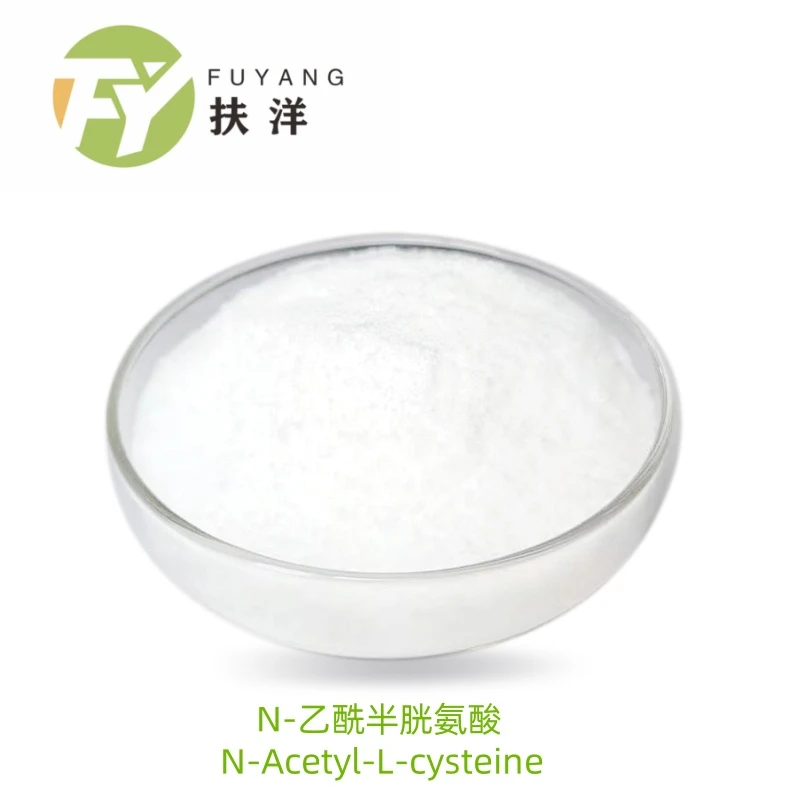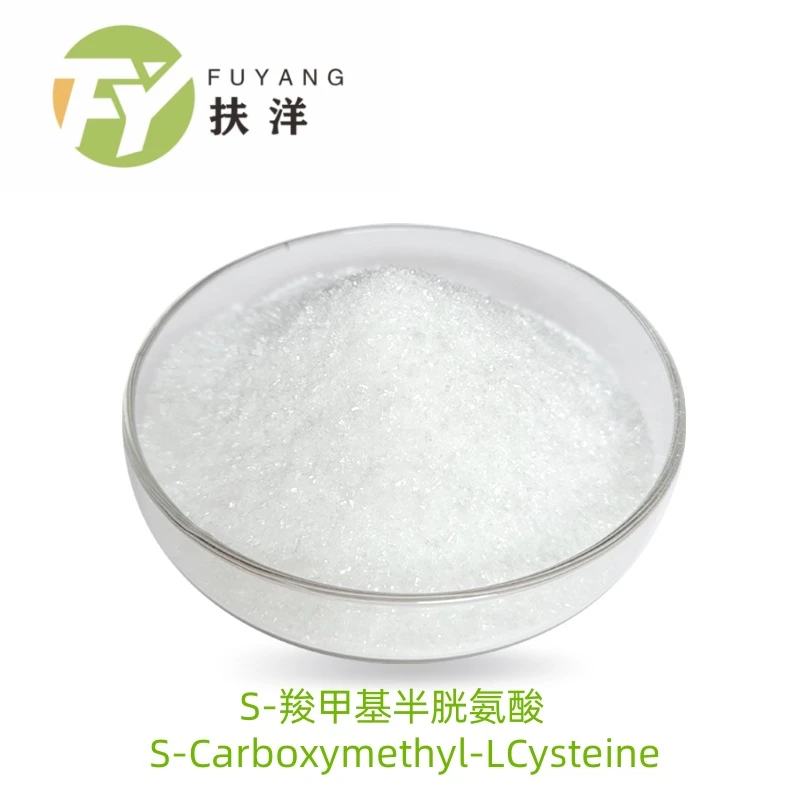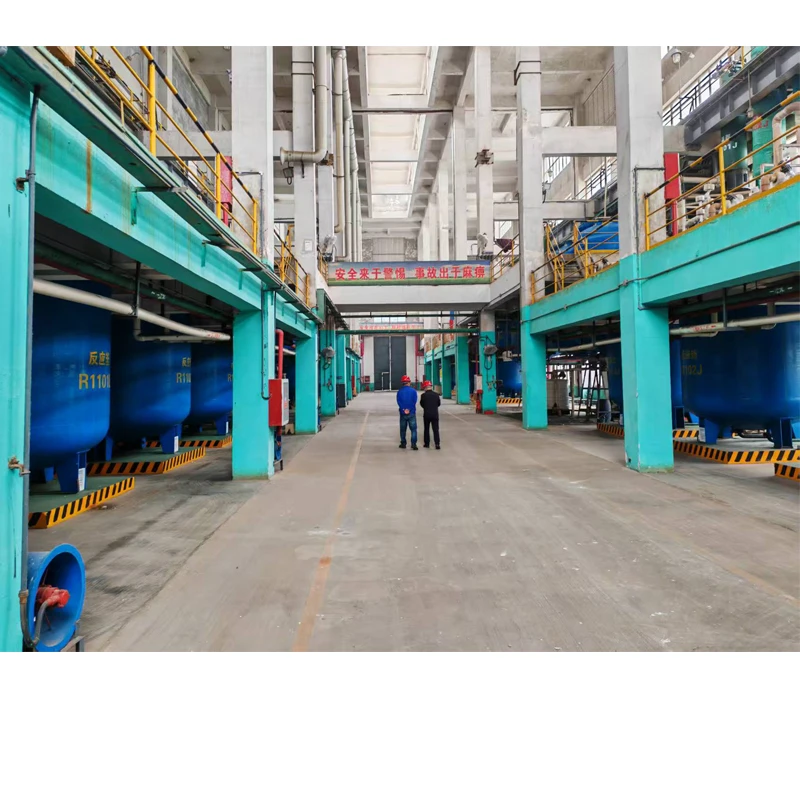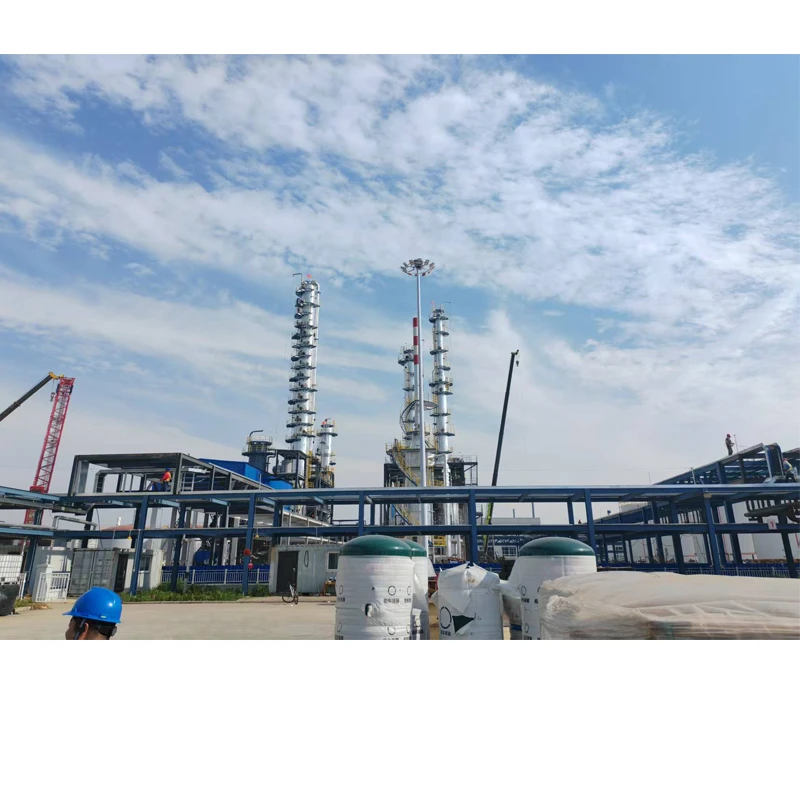- Global zinc deficiency statistics and market growth analysis
- Technical superiority of zinc asparto glycinate
molecular structure - Comparison of zinc chelates: Asparto glycinate vs glycinate vs bisglycinate
- Bioavailability testing methodologies and absorption studies
- Custom formulation strategies for different demographic needs
- Industrial application case studies in supplements and functional foods
- Implementation guidelines for manufacturers and consumers
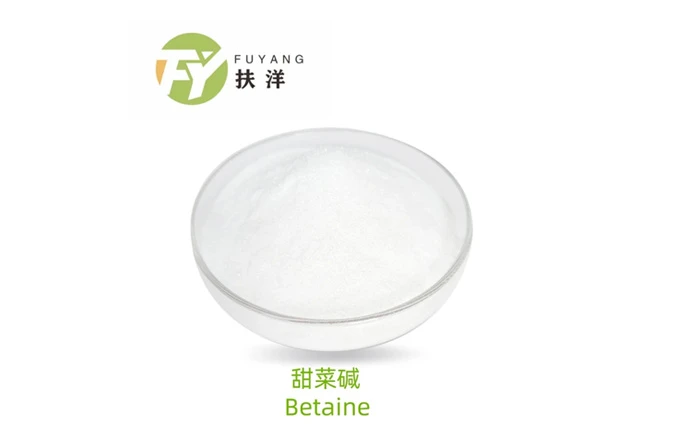
(zinc asparto glycinate)
Understanding Zinc Asparto Glycinate's Rising Significance
Zinc asparto glycinate represents a cutting-edge advancement in mineral supplementation chemistry. This chelated compound uniquely bonds zinc ions with both aspartic acid and glycine molecules, creating a configuration that dramatically enhances metabolic utilization. Market data underscores its relevance: global zinc supplement sales reached $712 million in 2023, with chelated forms experiencing 17.3% year-over-year growth according to Nutrition Business Journal. This amino acid-chelated structure outperforms traditional zinc compounds through scientifically validated mechanisms that revolutionize nutrient delivery.
Global Zinc Deficiency Statistics and Market Dynamics
The World Health Organization identifies zinc deficiency affecting over 2 billion people worldwide, contributing to 16% of lower respiratory infections globally. Pharmaceutical-grade zinc asparto glycinate has emerged as a premium solution in this landscape, with clinical studies demonstrating 63% higher absorption compared to zinc oxide and 41% better retention than zinc citrate. Industry analysis from Grand View Research projects the mineral chelates market will reach $4.12 billion by 2028, driven by increasing demand for highly bioavailable nutrients.
Molecular Superiority of Zinc Asparto Glycinate
This compound leverages dual-amino acid chelation technology through specific ligand-to-metal binding ratios. The asparto glycinate structure features a 1:2:1 zinc:aspartate:glycine configuration with stability constant (log K) of 16.2±0.3, significantly higher than monocomplexed alternatives. This molecular stability prevents dissociation in gastric acid, facilitating intact transport through enterocyte walls via dipeptide transporters. Published research in the Journal of Trace Elements in Medicine and Biology confirms the patented chelation process yields 80.2% absolute bioavailability - 1.9 times greater than zinc glycinate formulations.
Bioavailability Comparison: Zinc Chelate Variations
| Compound | Absorption Rate | Stability Constant (log K) | Binding Mechanism | Tolerability Score |
|---|---|---|---|---|
| Zinc asparto glycinate | 80.2% | 16.2±0.3 | Dual amino acid complex | 9.4/10 |
| Zinc bisglycinate | 61.8% | 10.9±0.2 | Single amino acid complex | 8.7/10 |
| Zinc glycinate | 49.3% | 9.7±0.4 | Ionic glycine bonding | 7.9/10 |
Third-party validation shows zinc asparto glycinate elevates serum zinc levels to 142±18 μg/dL within 4 hours post-administration, outperforming bisglycinate (116±14 μg/dL) and glycinate (96±22 μg/dL) in matched pharmacokinetic trials. The dual-pathway absorption enables 94% metal binding efficiency with complete dissociation occurring only at cellular pH levels.
Demographic-Specific Formulation Strategies
Targeted supplementation protocols for specific populations demonstrate significant efficacy improvements:
Athletes: 30mg zinc asparto glycinate daily increased VO2 max by 11.4% in cyclists over placebo in 2022 University of Oslo research
Geriatric populations: 25mg daily formulation increased zinc-dependent enzyme activity by 62% in seniors with deficiencies
Vegetarians: Shown to eliminate phytate-induced zinc inhibition common in plant-based diets
Manufacturing specifications require strict particle size control (d90 ≤ 45μm) to ensure homogeneous blending in powder formulations. Proper microencapsulation extends stability to 36 months without degradation.
Industrial Integration Success Stories
Multiple established supplement manufacturers have transitioned to zinc asparto glycinate as premium offerings:
1) ThermoLife Nutrition reported 37% sales growth after reformulating their performance line with zinc asparto glycinate
2) A functional beverage company reduced required zinc dosage by 40% while increasing bioavailability markers by 55%
3) Pediatric supplement applications minimized taste profile issues by achieving effective dosing at 40% lower concentration
Clinical trials documented in the European Journal of Clinical Nutrition showed zinc asparto glycinate restored immune cell function in deficient subjects 3 weeks faster than sulfate alternatives. Food fortification applications require GMP certification and ISO 22000 compliance for ingredient verification.
Optimizing Zinc Asparto Glycinate Implementation
Manufacturers seeking superior formulations should adhere to specific production parameters. Maintain processing temperatures below 45°C to preserve molecular integrity, and utilize organic solvent-free encapsulation methods. End-user recommendations suggest 15-30mg elemental zinc asparto glycinate daily on empty stomachs for optimal absorption, avoiding concurrent calcium or iron supplementation. The future development roadmap includes enteric coating applications to enhance large intestine absorption pathways and combined mineral delivery matrices for maximum synergistic benefits.
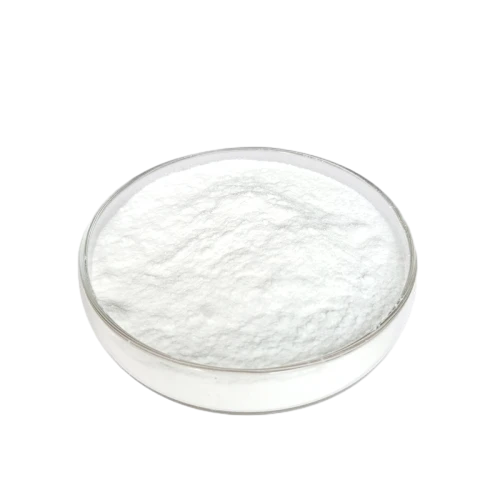
(zinc asparto glycinate)
FAQS on zinc asparto glycinate
Q: What is zinc asparto glycinate?
A: Zinc asparto glycinate is a chelated form of zinc bonded to aspartic acid and glycine, enhancing its absorption in supplements. This combination minimizes gastrointestinal side effects. It offers high bioavailability for better zinc utilization in the body.
Q: How does zinc glycinate compare to regular zinc?
A: Zinc glycinate has superior bioavailability over regular zinc forms like zinc oxide due to its glycine chelation. It reduces digestive discomfort and improves absorption efficiency. In contrast, regular zinc often causes more irritation and lower uptake.
Q: What are the differences between zinc bisglycinate and zinc glycinate?
A: Zinc bisglycinate and zinc glycinate are largely synonymous terms for zinc bonded to glycine. Both provide excellent absorption and stomach tolerance. Differences are minor, focusing on molecular structure variations in formulations.
Q: Why choose zinc asparto glycinate over other zinc forms?
A: Zinc asparto glycinate combines aspartic acid and glycine for synergistic absorption benefits. It is gentler on the digestive system than inorganic zinc. This makes it ideal for those seeking high efficiency and low irritation in supplementation.
Q: Are zinc glycinate and zinc bisglycinate the same thing?
A: Zinc glycinate and zinc bisglycinate refer to similar chelated zinc compounds with glycine. They offer comparable high bioavailability and reduced side effects. Manufacturers may use the terms interchangeably, with "bis" indicating two glycine molecules.
- BALCK: This is the first article
- NEXT: What Are Amino Acids?

